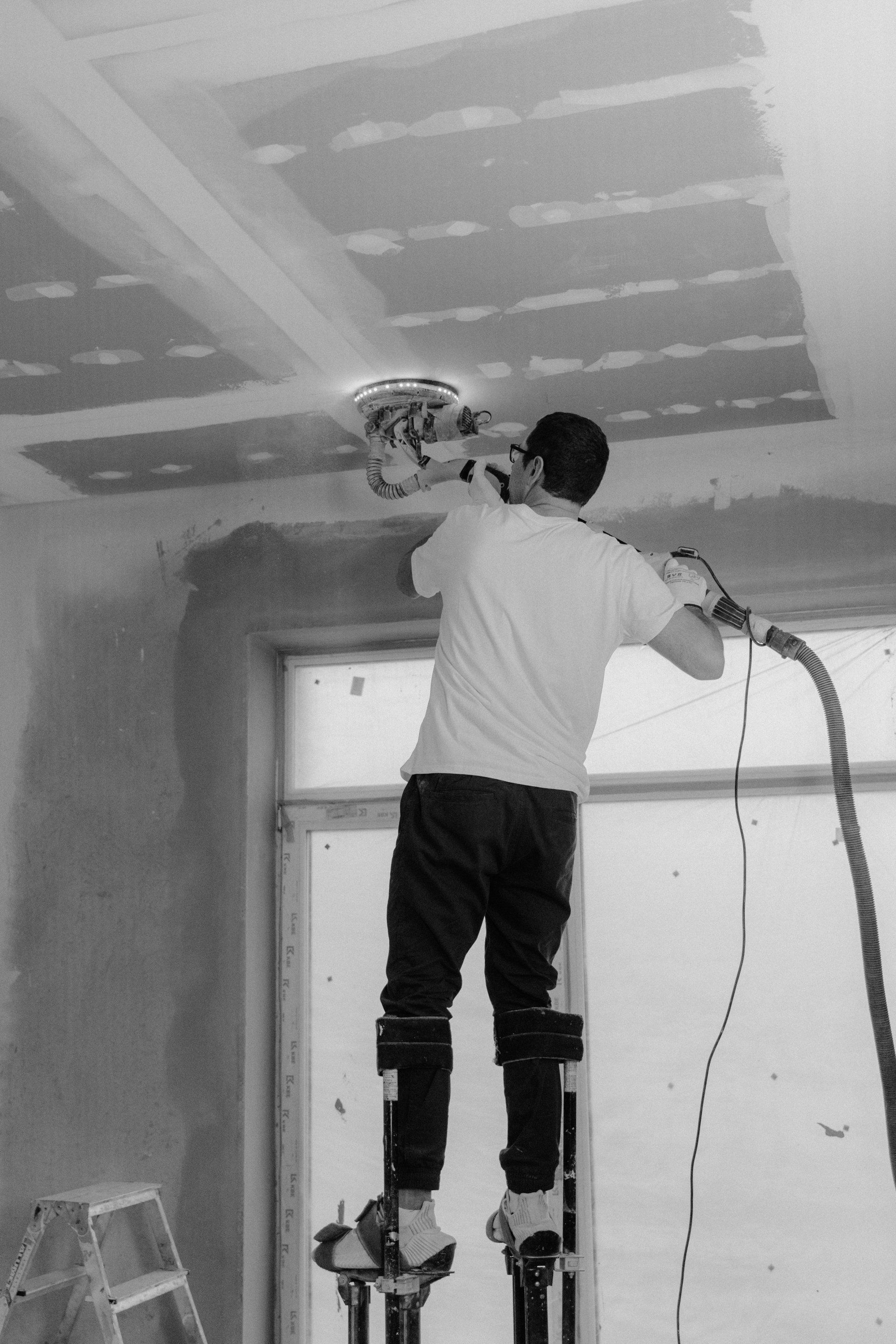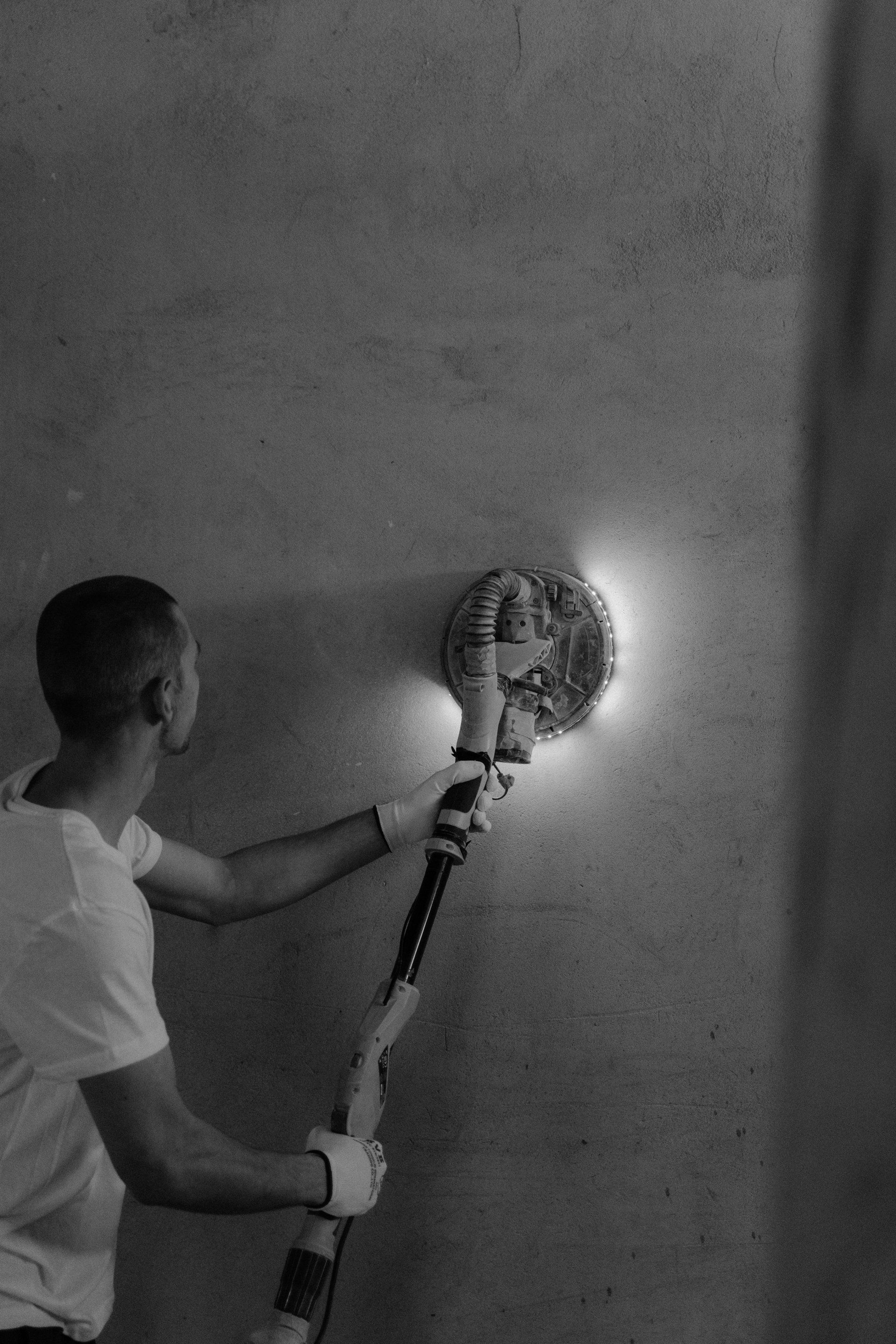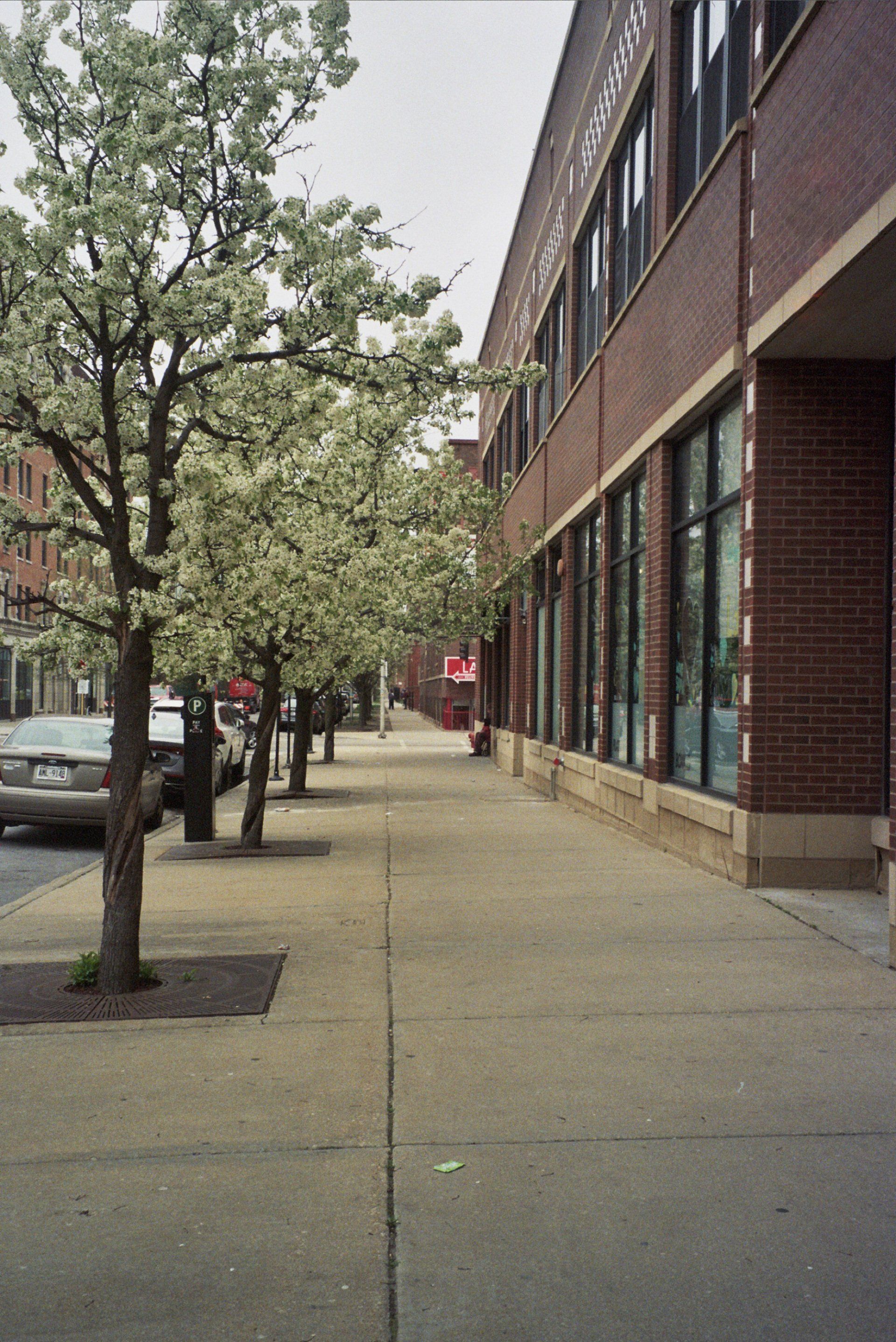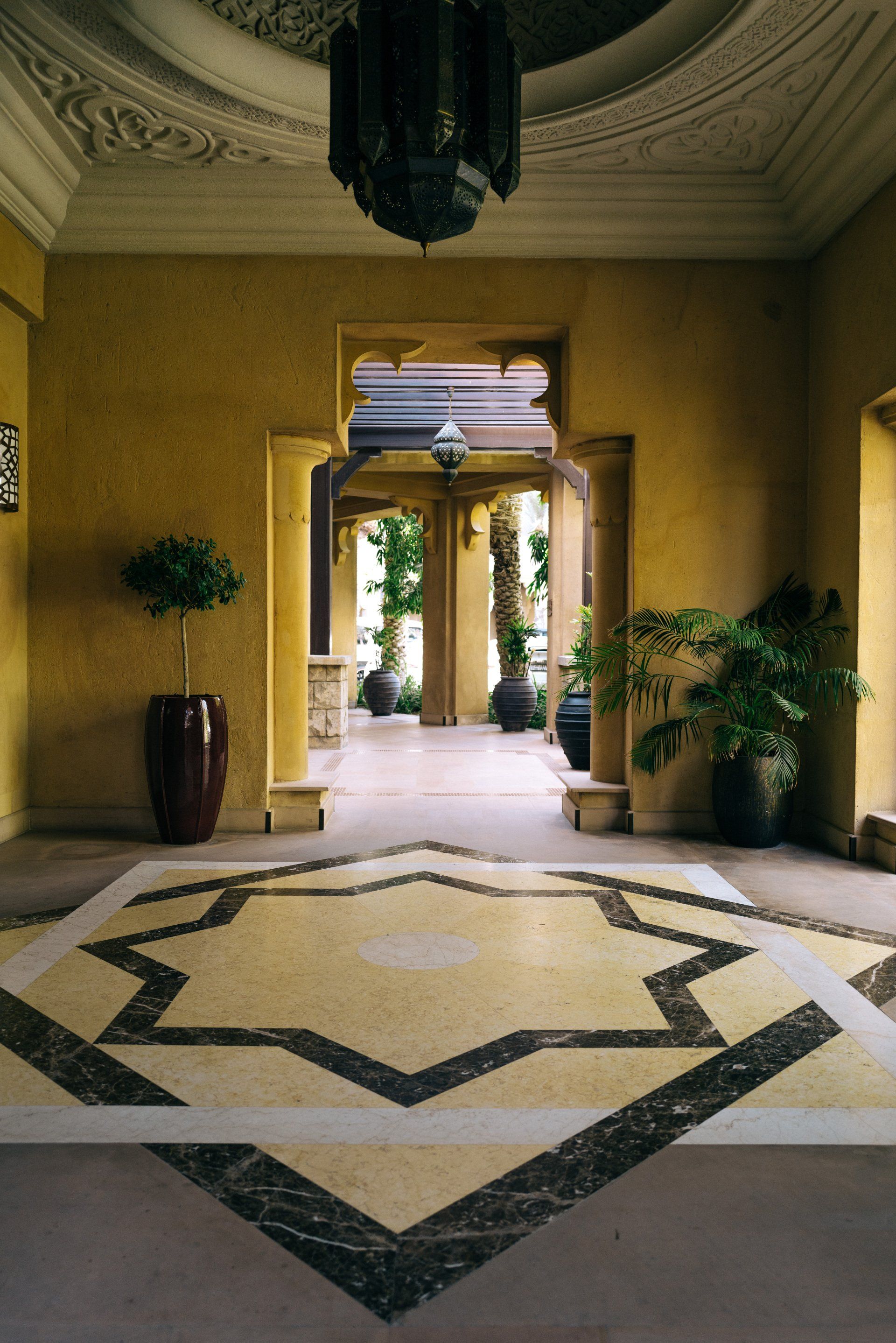Why Stamped Concrete Is An Excellent Substitute For Wooden Decks
Why Stamped Concrete Is An Excellent Substitute For Wooden Decks
If you prefer the aesthetic of a wood deck, you may not consider stamped concrete as an option. But if you've never explored the delights of ornamental stamped concrete, you may not be aware that concrete stamps may imitate natural wood, from smooth finishes to highly textured reclaimed wood boards.
Reason One: Maintenance requirements
There is no competition between the high maintenance needs of a wooden deck and the low maintenance needs of stamped concrete. If you would rather spend time enjoying your backyard deck than maintaining it, this may be sufficient justification!
- Wood: Routine maintenance, including sanding, resealing, and staining, is necessary to avoid rot, mold growth, fading, and discoloration and to protect the wood deck from sun and moisture damage. This could grow expensive over time.
- Concrete: Stamped concrete stains and finishes are resistant to moisture and UV damage, so you may only need to reseal a concrete deck every few years to maintain its luster.
- The cost to reseal a wood deck ranges between $500 and $1,000.
- The cost to reseal a concrete patio is one-half of the cost to seal a wood deck.
- Wood: The crevices between wooden boards can collect dirt that is difficult to remove without a scrub brush or pressure washer.
- Stamped concrete's continuous, sealed surface eliminates all places for dirt to hide.
- Wood: Deck cleansers and stain removers can be pricey, and some are damaging to nearby flora. Once the deck has been cleansed, it must be allowed to dry before use.
- Concrete: Since nothing adheres to the surface, a short sweep and hosing off is sufficient to keep the patio deck clean and immediately operational. Use a push broom and a moderate, pH-neutral cleanser such as dish soap in water if the floor is extremely unclean.
Reason Two: Stamped concrete is more resilient than wood
Concrete is one of the most durable building materials, having an expected lifespan of 50 to 100 years. Wood decking is available in both soft and hard woods, but all are porous and will collect moisture, which can cause a variety of issues.
- Wood: Due to the fact that wood degrades with time, a wood deck may be expected to last approximately 10 years with routine maintenance and a shorter time without maintenance.
- A faux wood-stamped concrete patio deck made of concrete can survive for decades.
- Wood has inherent issues with dents, splitting, cracking, warping, splintering, and loosening boards.
- Concrete faux wood decks have a seamless, impact-resistant coating that is resistant to cracking, peeling, chipping, and impact.
- Wood: Wood decks provide a fire hazard unless they have been specially treated, but rain and exposure can decrease the fire-retardant characteristics of the wood, necessitating frequent treatment.
- Concrete: It does not burn and cannot support a flame.
Reason Three: Cost to construct/install
In general, wood decks are far more expensive to construct than stamped concrete patio decks. Size, material quality, and the difficulty of the surrounding terrain all impact the final price.
- Wood: The expense of hard woods (oak, cedar, mahogany, Ipe) relative to softer woods (pine, spruce, fir) can significantly increase the price of a wood deck.
- Concrete: Prices will vary by contractor, but a stamped imitation wood deck will always be less expensive.
Concrete Edmonton Quote











